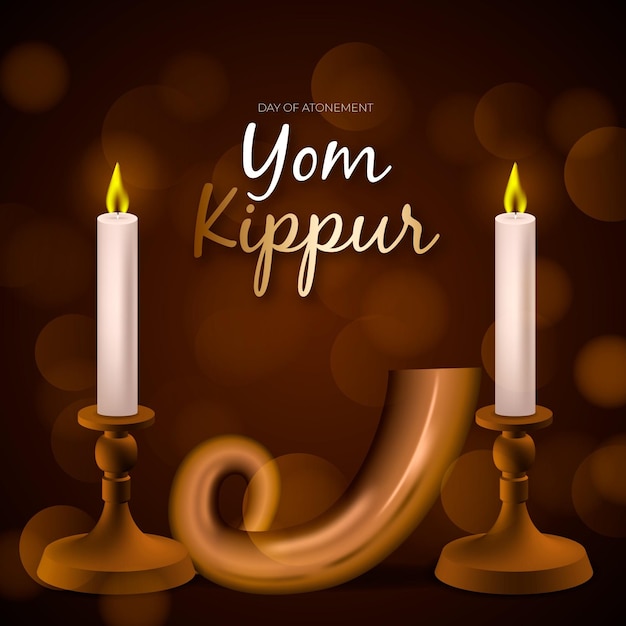
Most observant Jews also fast from sunset to sunset on the holiday, abstaining from food and water. Moses destroyed the tablets in anger, but the people atoned for their sin, so God forgave them. Upon returning with the tablets, he found that his people were worshiping a false idol, a Golden Calf. He led them to Mount Sinai, where Moses himself went up the mountain to receive the Ten Commandments from God. Once you atone, it’s thought to be starting the Jewish new year with a “clean slate,” absolved of past transgressions.Īccording to tradition and lore, the origins of Yom Kippur can be traced to Moses’ leading the ancient Israelites out of slavery, as described in the book of Exodus.

Synagogues hold religious services throughout the day for practicing Jews to come pray introspectively, either asking for forgiveness or expressing regret of sins committed in the past year. No matter how you spend the day, it’s a time to atone in your own way, whether in a synagogue or at home. In doing so, people are called to self-reflect on their failings and flaws. With fear and wonder in facing God’s judgment, Jews seek forgiveness. Jews around the world are to face their misdeeds and sins over the year through worship and prayer so that they may atone for their wrongdoings.

Yom Kippur concludes a 10-day period known as the “Days of Awe” that begins with the Jewish New Year, which is called Rosh Hashanah. This year, it begins at sundown on October 4 and continues until the evening of October 5. The holiday technically spans two calendar days, because the Jewish calendar is lunar. Yom Kippur, or the Day of Atonement, is considered the holiest day of the year for people who practice Judaism.


 0 kommentar(er)
0 kommentar(er)
